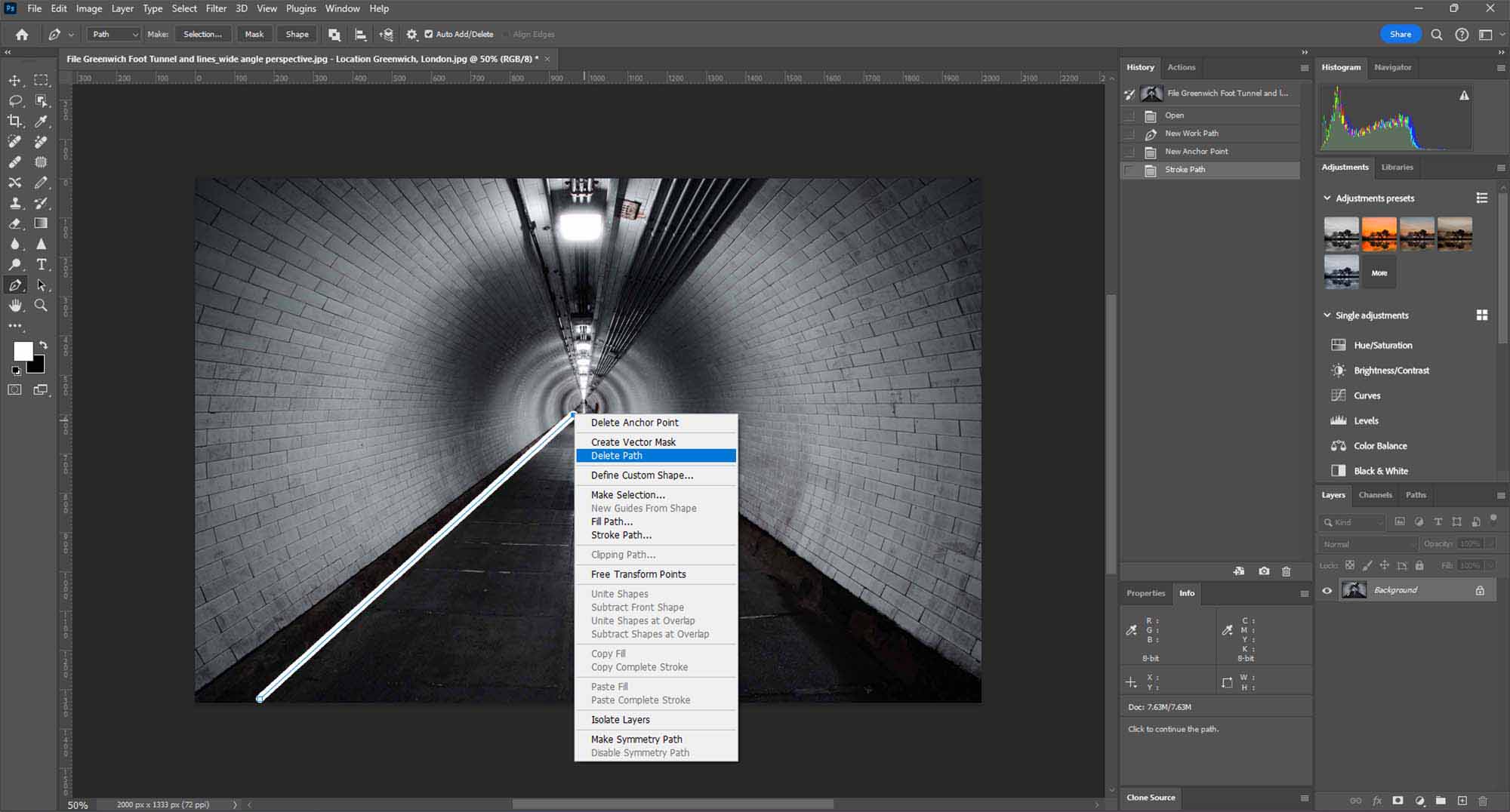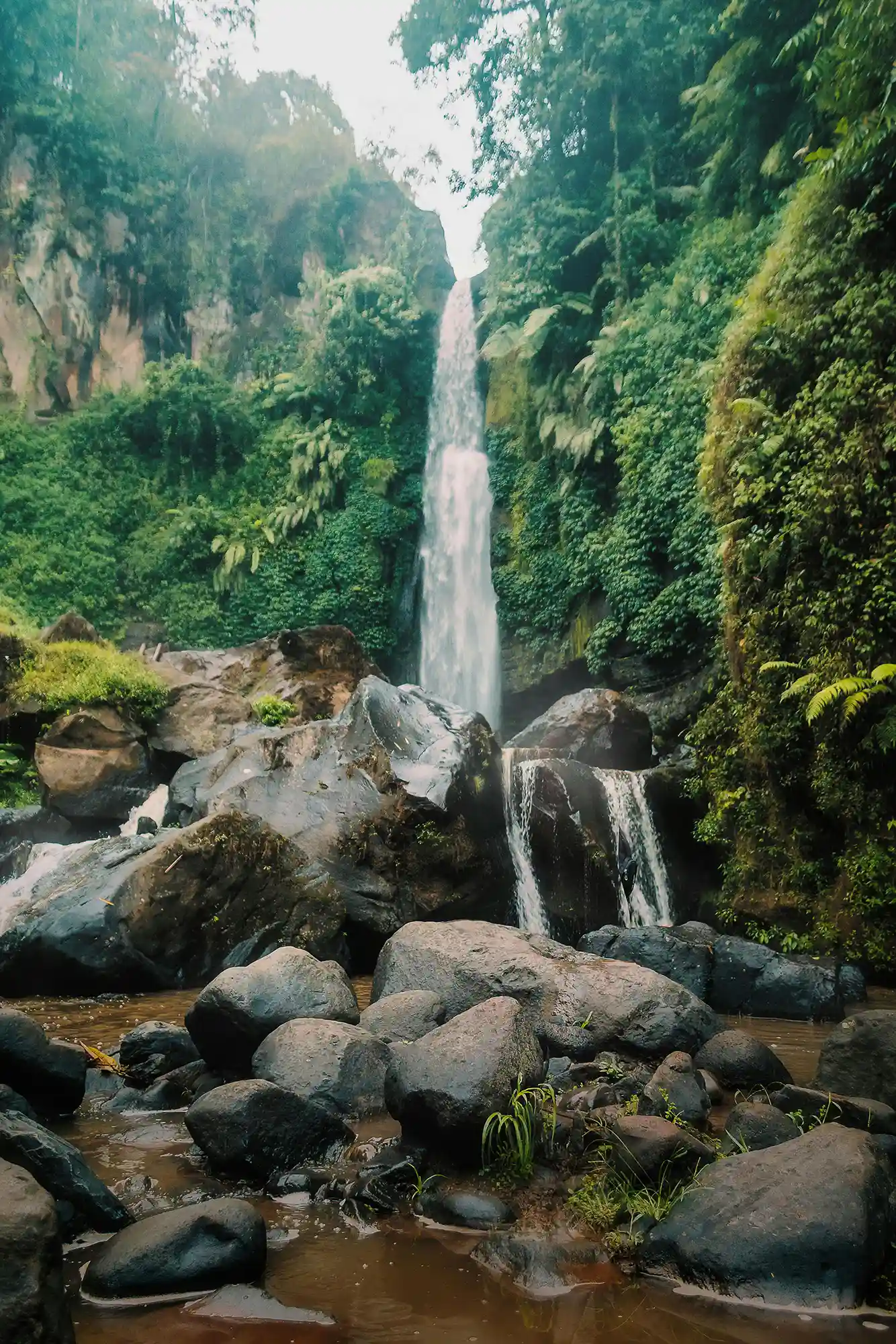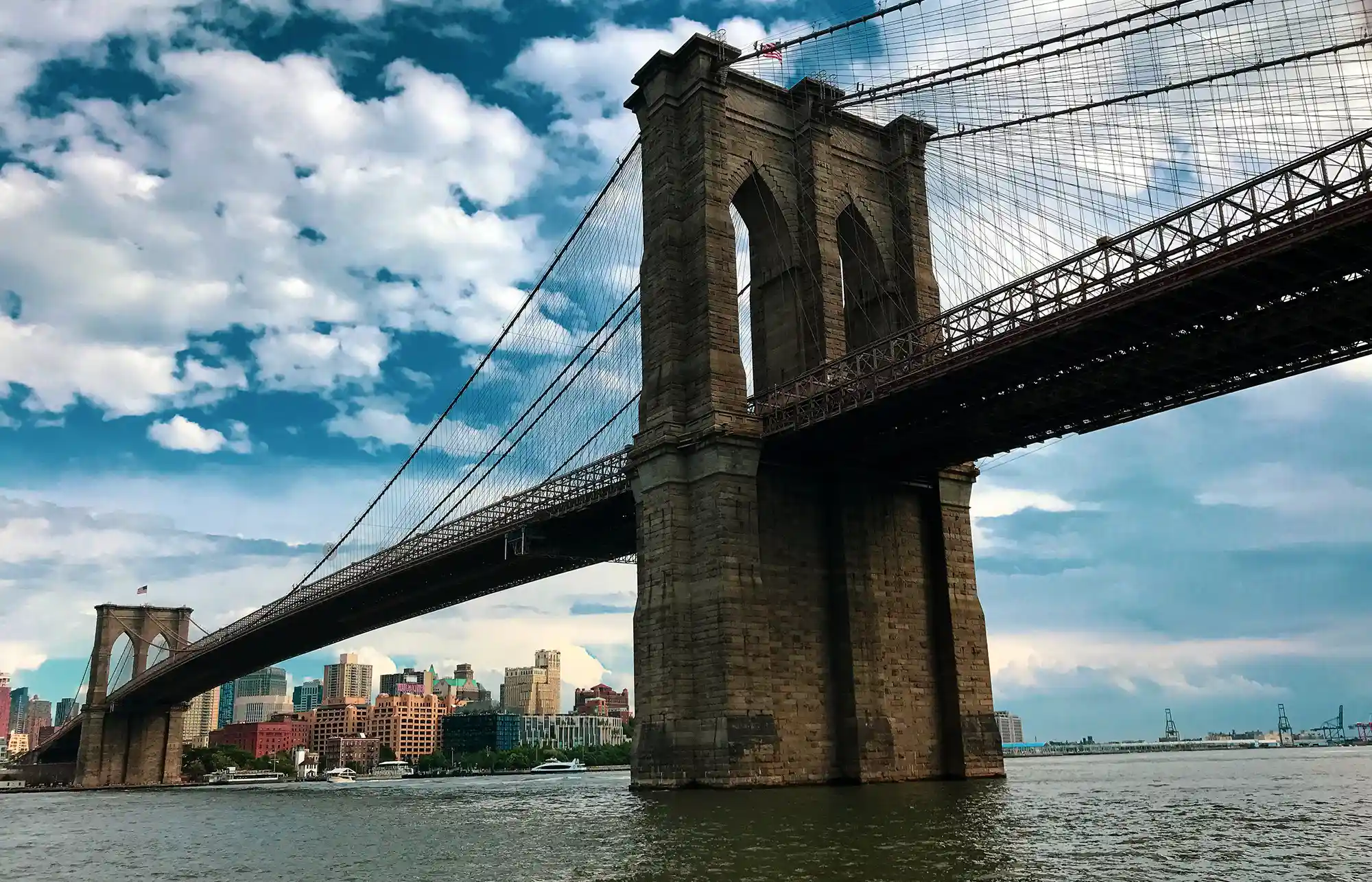Introduction: The Power of Human Elements in Photography
Adding human interest to photography is a powerful way to create relatability and a sense of scale. This technique not only enhances the emotional impact of an image but also provides a reference point for understanding the size and scope of the scene. This guide explores how to effectively integrate human elements into your compositions.
Understanding Human Interest in Photography
Human interest in photography involves incorporating people into your images to create a connection with the viewer. It can be used to evoke emotions, tell a story, or provide a sense of scale, making vast or abstract scenes more relatable.
Creative Process: Integrating Human Elements
- Identifying Opportunities for Human Interest: Look for scenes where the inclusion of a person can add context, emotion, or scale.
- Positioning People in the Frame: Place your human subjects in a way that complements the scene, without dominating it unless that’s your intention.
- Interacting with the Environment: Capture people interacting with their environment to add a dynamic layer to your composition.
Tips for Photographers
- Scale and Perspective: Use people as a scale reference in vast landscapes or large architectural structures.
- Focus on the Ordinary: Sometimes, the most ordinary human activities can add the most interest to a scene.
- Silhouettes for Anonymity: If you want to add human elements without specific identity, consider using silhouettes.
- Be Mindful of Privacy: Always be respectful of people’s privacy when including them in your shots.
Advanced Techniques in Human Interest Photography
- Environmental Portraits: Combine portraiture with scene setting, where the environment is as much a subject as the person.
- Juxtaposition: Contrast the human element with the surrounding environment for a stronger narrative.
- Storytelling Through Gestures: Capture gestures and expressions to tell a more compelling story.
Practical Applications in Various Genres
- Landscape Photography: Include a person in landscapes to give viewers a reference for the size and grandeur of the natural world.
- Urban and Street Photography: Capture the hustle and bustle of city life, focusing on how individuals interact with their urban surroundings.
- Travel Photography: Show the local life or tourists interacting with new environments to add a layer of storytelling to travel images.
Conclusion: Bringing Scenes to Life with Human Interest
Incorporating human interest in photography is a powerful way to bring scenes to life, making them more engaging and relatable. It invites viewers to see themselves in the image, enhancing the emotional and visual impact of your work.











































